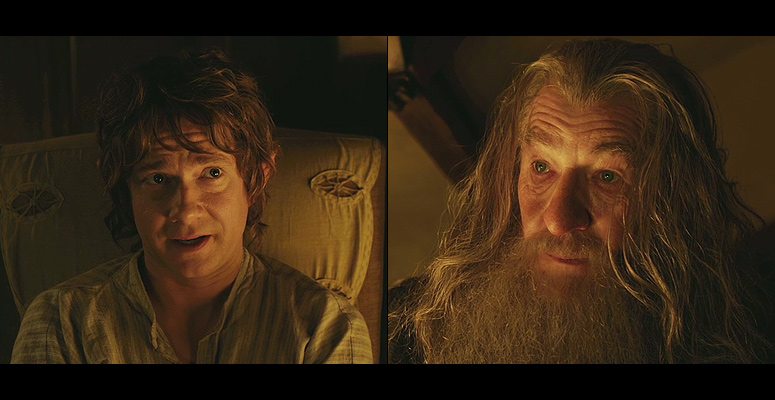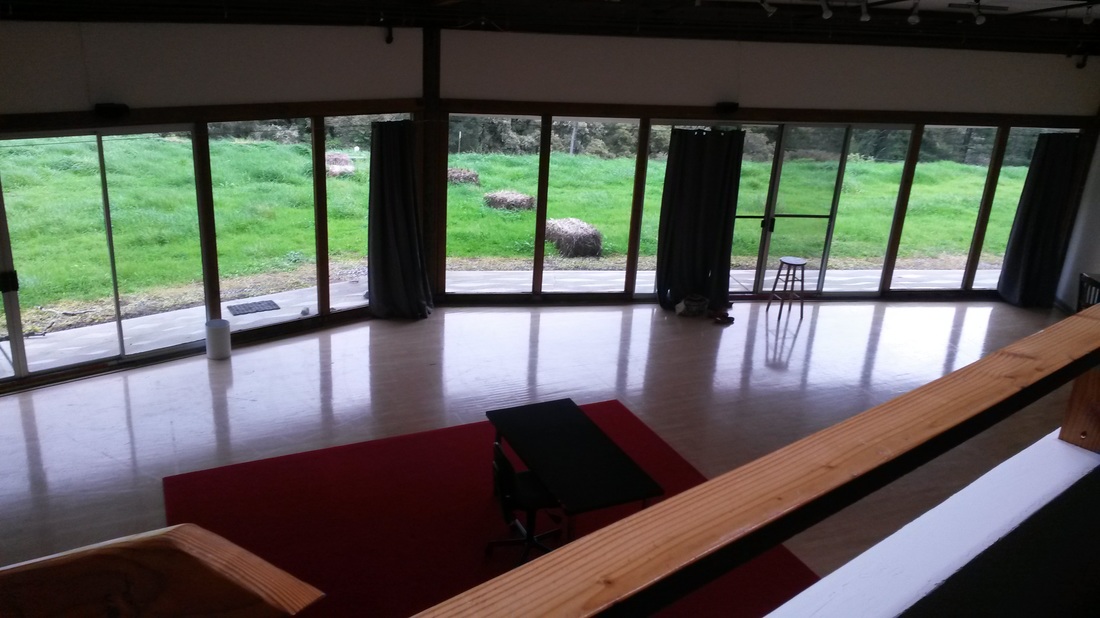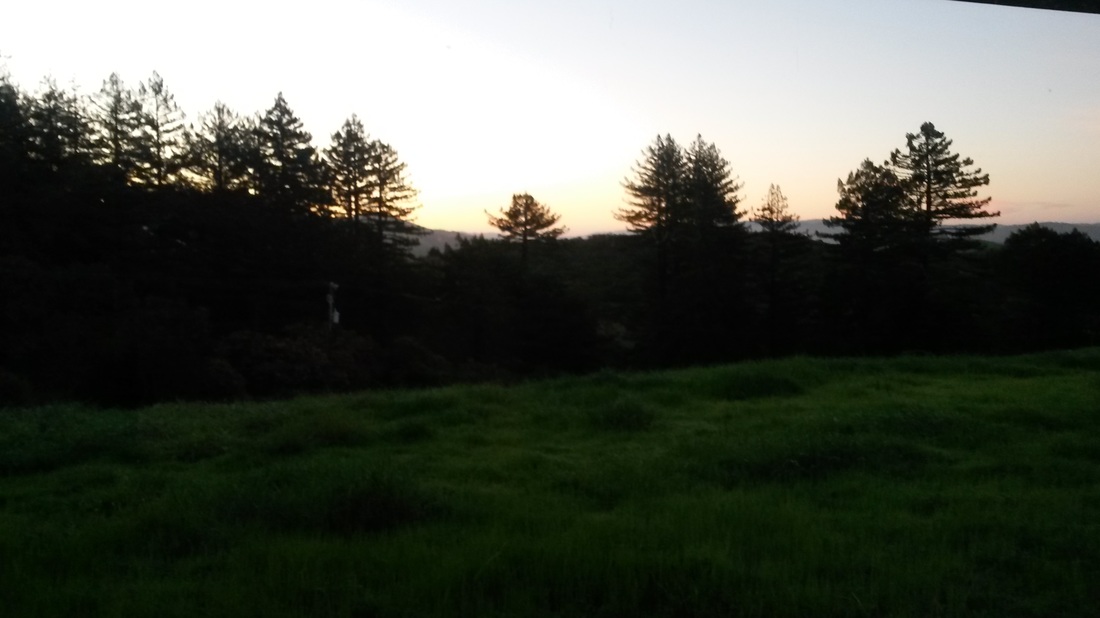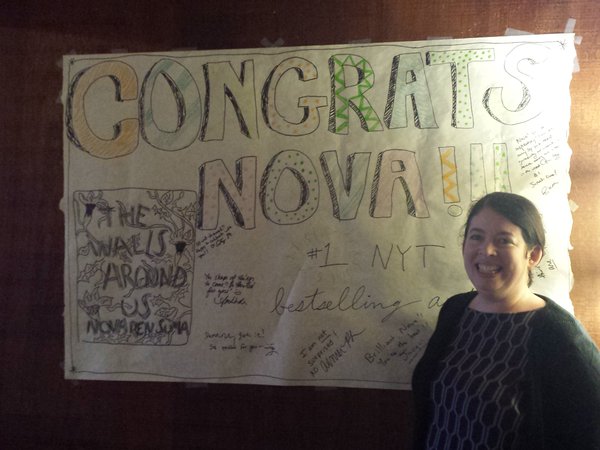It is SO not my thing. Never has been. And especially not as a teenager. Like, a whole discipline involving expressing yourself in a physical, visible way? In performance? Are you kidding? Not only did I basically flunk out of gymnastics after kinder gym – I am about the least flexible individual you are ever likely to meet – I even got reprimanded for my blank zombie face while singing in choir. I have exactly two memories of school dances before discovering alcohol in university; both are pretty mortifying.
“Relax,” I remember my sort-of-a-date urging me with a smile.
Easy for him to say.
So what possessed me (...ha) to make dance – ballet, specifically – a critical piece of background in my debut novel?
I had originally included ballet in THE DARK BENEATH THE ICE as a passing reference, something our heroine, Marianne, used to do. Just background colour. Partly as a nod to Aronofsky’s gorgeous movie BLACK SWAN, which was part of what emboldened me to take a real stab at the idea that had been kicking around in my head since 2006.
But Lana, my brilliant agent, snagged that passing reference and pulled it up into the light. What’s this? she asked. What happened here? There’s more to this. LET’S SEE IT.
Digging into that turned out to be a really interesting exercise. Partly because I had to speak authoritatively about an art form I’d never attempted, which was a challenge. And partly because when you think about it there’s a whole vocabulary of tropes involved in ballet in the popular imagination, and they played really nicely into what I wanted to do with the story.
I mean, ballerinas are right up there with princesses in our canon of the ideal feminine. Right? They're what little girls grow up yearning to be. Ballerinas are skinny. They’re graceful. They’re delicate. They wear fabulous costumes involving full skirts and special shoes. In short, they’re pretty.
But though performing this particular species of pretty requires massive physical strength, total control, and constant practice, pushing one’s body and one’s feet past their limits, it’s supposed to look effortless. Completely natural. The hard work should be invisible. And it requires total devotion from a young age. An article I read about BLACK SWAN pointed out that the breaking-in-the-pointe-shoes scene, apparently de rigueur for a dance movie, has sinister resonance this way: in order to get the best performance out of these unique and beautiful handmade shoes, you have to purposefully destroy them.
Hmmm.
And then you can add Andersen’s “fairy tales” into the mix, with their really quite fucked up ideas about femininity and their connection to dance. The little mermaid, a tragic figure, dances willingly for her prince, though it feels like treading on sharp knives. Karen, who has the temerity to be vain of her red shoes, is cursed to dance in them until she’s ready to maim herself to be rid of them. “Pride must suffer pain,” as the little mermaid’s grandmother tells her. Pride, vanity, love, desire: for falling prey to the allure of these wicked, impossible things, you’re condemned to torment. And you’re required to suffer it in penitent silence.
There’s something about ballet, imagined this way, that really strikes to the heart of the contradictions involved in our idea of what it takes to be a girl. The performativity of it: this is an act for an audience. The impossible push-pull of effortless perfection, the intense physicality of being ethereal: don’t look like you’re trying. The demand for suffering and sacrifice: don’t enjoy it too much. Don’t lose control.
You’re balanced on knife points. If you relax, you will fall.
I always liked to think that I didn’t fall for those bullshit cultural messages. But in hindsight, most of my refusal to perform femininity was fear: I didn’t know how, so it was safer not to try. I ended up on knife points of my own anyway, doing my best not to look like I cared.
This story brought me face to face with some of those old anxieties in ways that surprised me, and ballet – or this conception of it, anyway – gave me a really useful set of ideas to articulate them with. If I managed to use them to make the book a little scarier, I’ll consider them well exorcised.














 RSS Feed
RSS Feed
